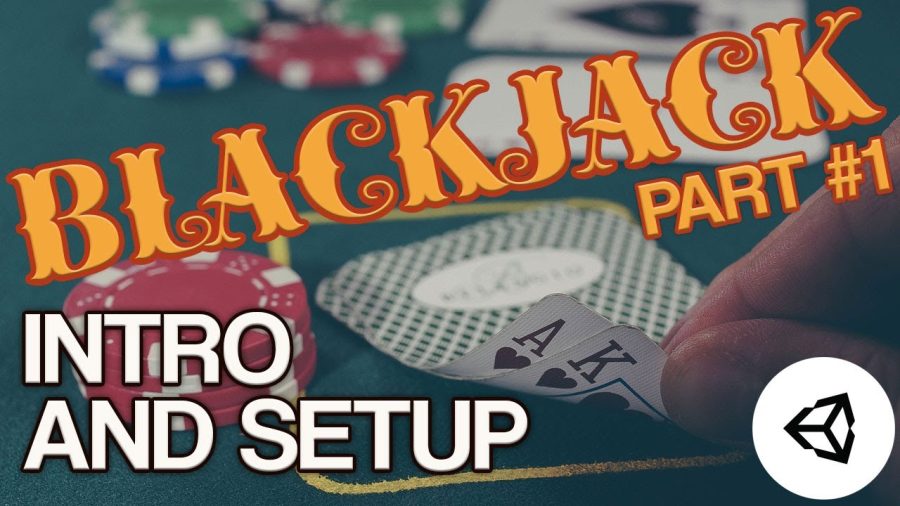Blackjack is a game of skill. The most important skill, of course, is how to play. But as part of the overall package, it is also useful to study and practice on how to play optimal Blackjack. Or, more specifically, Coroutine Dewavegas.
Coroutine Blackjack is when you consecutively deal your cards for a sequence of 12+ decks. The idea is that you never make a move without first ensuring that your hand complies with the following criteria:
Or, put another way, you never make a move if you don’t have A-A.
And, it is not a condition that the hand should be an Ace/King combination, since you can still have other combinations.
Ace/King = A-K
King/Queen = Q-Q (in that particular combination)
Ace/Jack = A-J
Queen/Jack = Q-J (in that particular combination)
A-K/Q = A-Q
J-Queen/Jack = J-Q (in that particular combination)
A-J/Q = J-Q (in that particular combination)
These are the standard combinations used in most casinos. But, even with these combinations, you can still lose. For example, combination A-A-A-10-10 is weak because the Ace and King are both out. You would have to hit the Ace and a King to have a decent chance of winning. In contrast, combination J-Q-J-10-10 is very strong because if you hit the Queen and Jack, you will have a good chance of winning because you have the unbeatable hand.
The Standard Hand Combinations.
- Ace-King-Queen
- Ace-King-Jack
- King-Queen-Jack
- Jack-Queen-Jack
- Queen-Jack-AA
- King-Queen-AA
- Jack-Queen-AA
- 8-Queen-Jack-Ten
For an ace-queen flush, you will only play the King or Queen, no matter what the flop has. For example, combination A-A-Q-Q-5, you only play the King or Queen.
The strongest hand is the ace-queen high. The only hand that beats ace high is the royal flush, which is the same as the nut flush. The weakest hand is the low end of the straight. The only hand that beats a low end straight is the high end straight, which is the same as the ace-to-five straight.
The high end of the straight is the same as the Ace-to-five, which is the strongest possible hand. If you, for example, have the Ace, 2, 3, 4, 5, and 6, you have the high end of a straight, which is the best possible hand. So, basically, you want a high card, an ace or king, in order to win.
The Ace comes first because it can help you make plenty of money in one single deal, even if it is not the best possible hand.
So, the objective of the game is to have a better hand than the dealer. In fact, the only way to win is to have a better hand than the dealer while in reality, the player has the better hand pre-flop or in the flop. The low hand is the term used for the five cards that are not in the player’s hand. So, if the players hand is not strong, the possessors of the hands that are weaker are the better hands.
The quality of the low hand, you should remember, is not the same as the quality of the high hand. The reason for this is the cards that are once in the player’s hand but are not used. They may be called the outs, or just potential hands for the player.
This is a game for those who are skilled at calculating statistics. There are certain hand actions that must be calculated to be within the winning ranges, and you will only make those moves if the situation calls for it. This is not a very complicated calculation based on eighteen figures, but it is not something that takes a rocket scientist to calculate. It is more of a science than a mathematics.
One of the most common situations in small gauge games is when both the high hand and the low hand have similar cards. Let’s say for example, the high hand was 2, 3, 4, 5, and the low hand was A, 2, 3, 5. In this situation there is a case to be made between the high hand being the better pre-flop, or being second best after the flop.

